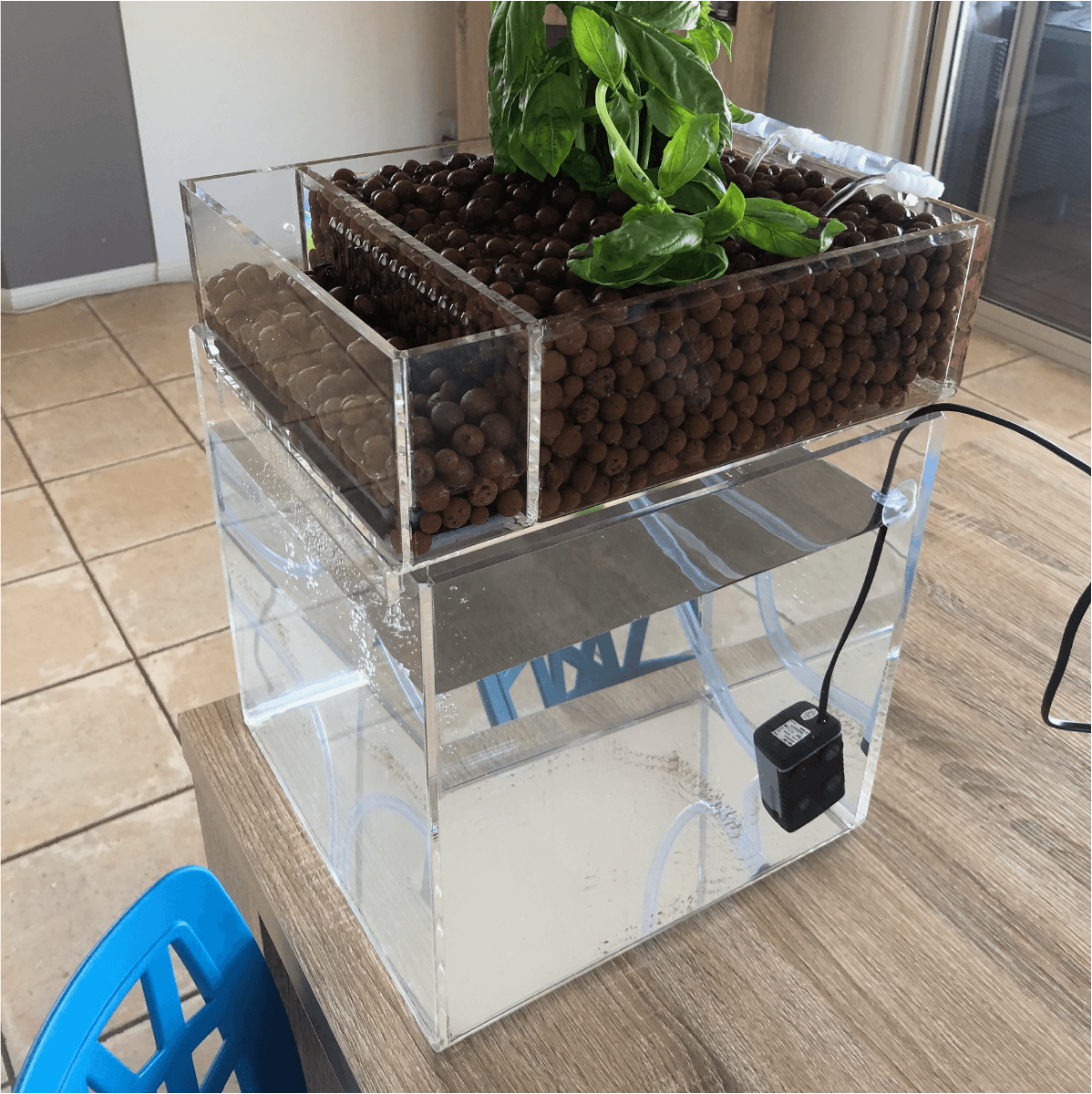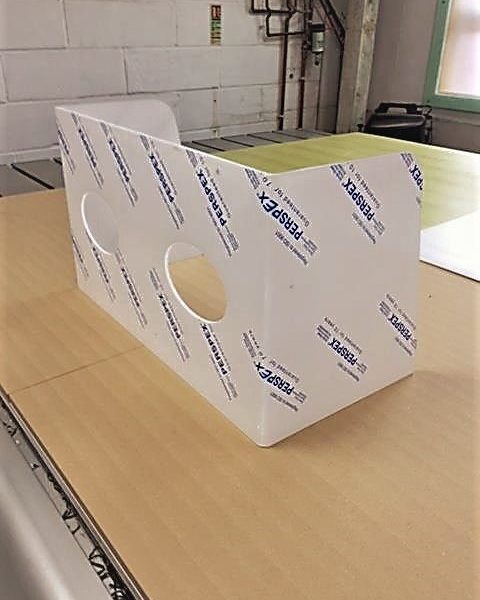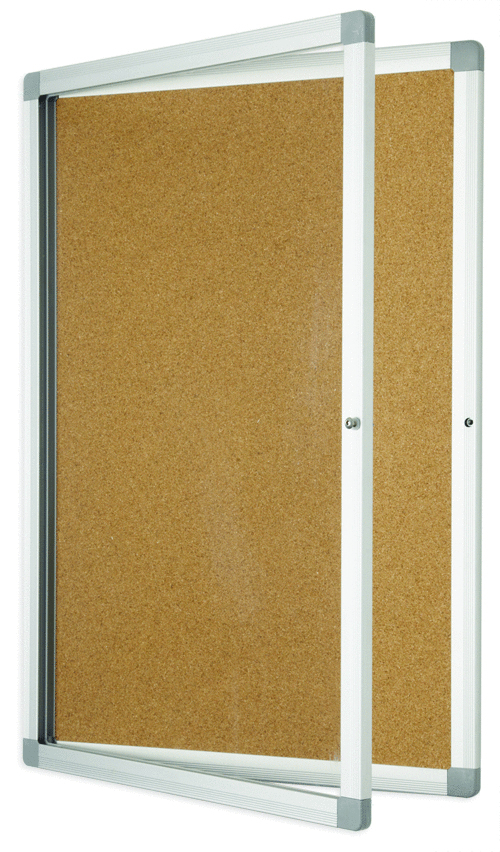Why even opt to fabricate plastic products? For starters, plastic manufacturing usually has the benefit of having fairly fast finish times, and in contrast to the majority of materials there’s also the choice of colouring plastic prior to production, instead of after. It’s significant malleability means that it possesses a comparatively low melting temperature, and it’s also more light-weight than many other resources – both of these aspects simplify the manufacturing process. Furthermore, plastic materials are comparatively inert and hence have higher chemical resistance. Even with all of these advantages, plastic is however not suitable for purposes that necessitate a high physical integrity, and is also extremely vulnerable to damage in the long-term.
CNC Machining
CNC machining is a computer operated subtractive procedure, which removes material from plastic as a way to produce the desirable form. The computer is high-tech, with the ability to change a model into numbers by using a computer assisted design software system. The figures are able to operate the machine to cut the necessary form. To set up, the pieces of equipment need an intermediate step in the creation and validation of tool paths. Once the machine obtains the tool paths, the subtractive procedure is launched. When the assembly is finished, the component part is washed, smoothed, and cut.
For lower quantity plastic component part requests that demand tight tolerances and forms that are tough to mould, machining is suitable. CNC machining boasts minimal to moderate initial expenses, and can also create premium quality plastic pieces with short finishing times. Nonetheless, with an increase of product sophistication, the cost per part increases. Additionally, this process requires tool access considerations, and specific shapes, for instance those with rounded internal channels, are near-impossible to form using CNC manufacturing.
Breakdown Of Vacuum Formation
Vacuum formation is a method in which plastic material is warmed and moulded, usually using a mould. The size and complexity of vacuum-forming machines cover anything from cheap desktop devices to superior production equipment.
It is often suited to any project, ranging from custom-made designs to large-scale production, taking into consideration the large choice of machinery offered and that also automation is undoubtedly an option if required. However, there is minimal freedom in the different types of shape it can develop, and is unfortunately only able to build pieces with basic geometries. In comparison to various other methods, tooling prices are minimal, since vacuum formation merely needs minimal forces and pressures. Usually, for modest manufacturing sizes the moulds are made of Three-dimensional printed resin, or possibly plaster, and then for greater development sizes stronger equipment made of metal is commonly used.
The production process commences with a sheet of plastic being clamped and heated up up until the plastic becomes mouldable. The plastic is then put into the mould and cooled, and frequently fans and other cooling techniques are integrated in an effort to speed up the cooling process. The final stage involves any excess plastic being removed. {If you’re interested in more info in regard to custom acrylic moulding this particular internet page acrylic extrusion manufacturer provides a whole lot more content pages about bespoke acrylic. There are plenty of perspex sign fabrication web sites in Britain, if you’re searching for additional information as well as the cost this site is a superb place to begin perspex manufacturer.|{For anyone who is looking for more tips on the subject of plastic molding development this specific website thermoforming of plastic sheets features a whole lot more articles and blog posts related to bespoke plastic. This article www.displaydevelopments.co.uk provides extensive more information on the topic of thermoforming of plastic.


